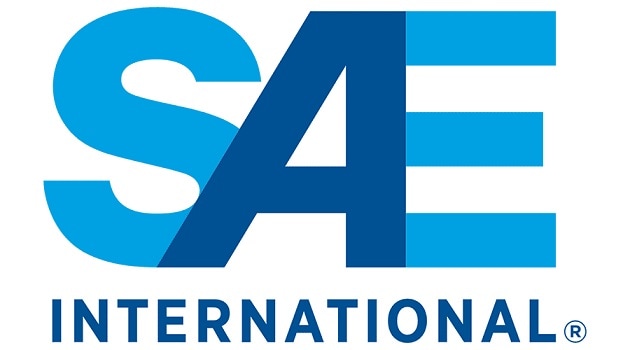SAE規格 ARP5151, Revision A, 2019: (R) Safety Assessment of General Aviation Airplanes and Rotorcraft in Commercial Service
※当ウェブ・ショップに掲載のない規格につきましては、別途お問合せ下さいませ。
※掲載の規格は、当ウェブ・ショップに掲載時点で確認できた最新版でございます。 最新の発行状況につきましては受注時に改めて確認をさせて頂きますので予めご了承下さい。
Description
This document describes a process that may be used to perform the ongoing safety assessment for (1) GAR aircraft and components (hereafter, aircraft), and (2) commercial operators of GAR aircraft. The process described herein is intended to support an overall safety management program. It is to help a company establish and meet its own internal standards. The process described herein identifies a systematic means, but not the only means, to assess continuing airworthiness.
Ongoing safety management is an activity dedicated to assuring that risk is identified and properly eliminated or controlled. The safety management process includes both safety assessment and economic decision-making. While economic decision-making (factors related to scheduling, parts, and cost) is an integral part of the safety management process, this document addresses only the ongoing safety assessment process. This ongoing safety assessment process includes safety problem identification and corrective action, tracking of problems, the application of “lessons learned” to improve the efficiency of the process, and reduction of the time to achieve corrective action in the field.
ARP5150 is the recommended practice for the safety assessment of Transport Airplanes in Commercial Service. ARP5151 is the recommended practice for the safety assessment process for GAR aircraft in commercial services. While the processes are similar, their implementations are different due to operations, data availability, and sizes of individual operations.
How to Use This Document
Each organization reviewing this document needs to establish which sections may prove helpful in improving or supplementing their existing safety related practices. The specific applicability and usefulness of the individual guidelines, methods, and tools will vary from organization to organization. Due to the wide variability in GAR manufacturers, aircraft maintainers/modifiers, vendors, users, and operators, this document provides a generic safety assessment process that may be tailored to fit a company’s specific situation.
Intended Users
The intended users of this document include, but are not limited to, GAR commercial operators, airframe/engine manufacturers, component manufacturers, equipment suppliers, maintenance/modification/repair centers, and airworthiness authorities. Any organization involved with the safety assessment and safety management of GAR aircraft or its components may be a potential user. Three specific levels of users have been defined. Those users have differing potential actions and types of information available thus their responses will vary. The three levels of users are:
Level A - Original Equipment Manufacturer (OEM) of the airframe, engine, or propeller. These organizations and others that hold a type certificate or production authorization have responsibility for their initial design and their changes to that design. These organizations also have a responsibility under 14 CFR 21.3 to report failures, malfunctions, and defects to the airworthiness authorities with the guidance of AC21-9B. Level A includes those organizations that did not produce the aircraft components (such as military surplus aircraft), but have a type certificate issued to them. Level A organizations have the responsibility for dissemination of corrective action, and may have worldwide service information on their products. This safety assessment process may be applied to Level A organizations’ products used in non-commercial service.
Level B - Component manufacturers, supplemental type certificate (STC), and part manufacturing approval (PMA) holders and technical standard order (TSO) holders of aircraft, engines, or equipment. These organizations have a responsibility under 14 CFR 21.3 to report failures, malfunctions, and defects to the airworthiness authorities with the guidance of AC21-9B. Repair stations have a responsibility under 14 CFR 145.221 to report failures, malfunctions, and defects to the airworthiness authorities. Level B organizations usually have database information that is limited to their own products or components, but are still responsible for identification of service issues and corrective action for their equipment. This safety assessment process may be applied to Level B organizations’ products/services used in non-commercial services.
Level C - Commercial GAR operators. These operators receive compensation for their aircraft services and have information limited to their internal operations. Level C organizations have internal corrective action responsibilities. Reporting of service and operational issues are usually initiated at the operator level. These organizations also have a responsibility under 14 CFR 135.415 to report to the airworthiness authorities, all failures, malfunctions, and defects related to their 14 CFR 135 operations. While it is recognized that some operations (e.g., use of an aircraft incidental to another type of operation) involve business or other types of use (e.g., 14 CFR 91 or equivalent), this safety assessment process is intended to apply to those aircraft, components, and operations used for compensation or hire which fall under 14 CFR 135.











